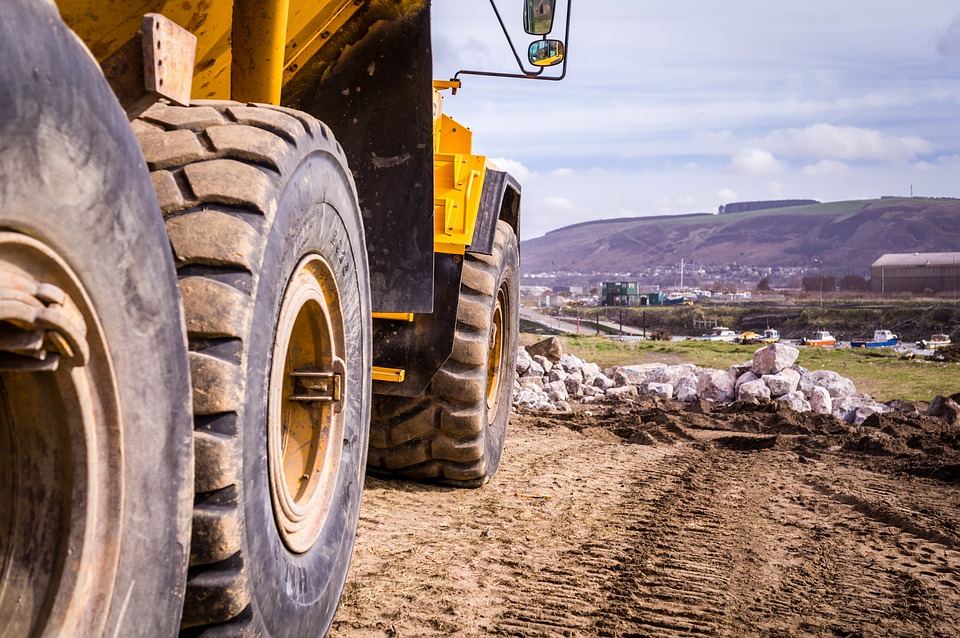
As commodity prices trend downwards from their record highs only a few years ago, mines are looking to optimise operational efficiency. That is, not necessarily reduce their operations, but to expend less effort to reach production targets.
What must be assessed in haulage?
For the typical open pit mining operation, one of the key ways to assess how your mine can improve its operational efficiency is examining the haulage cycle, and in fact this is one of the easiest ways to cut costs while maintain or improving your bottom line. Transforming your site in to an automated, digital operation – such as using iVolve’s FMS with iControl - is a reliable way to assess haulage data in real-time. This enables site supervisors to make changes on-the-fly to how efficiently, quite simply, your trucks are hauling loads.
The efficiency of truck loading including queuing times can have a significant impact on site operational costs according to Senior Engineer Matt Lee. The iVolve FMS maintains a “queuing radius” for each excavator, for the purposes of automatically detecting queuing time. However calculating the optimal radius can be a complicated factor. Matt says that the layout of the loading area and the size of the queuing radius are important factors to assess onsite.
“It’s a bit of a juggling act… to pick a queuing radius to get the optimum outcome. Finding a balance between minimising hang time for excavators, and queue time for trucks. This is where our reporting tools come into their own as we can visually display in real-time these parameters. This means that supervisors can see at any point during a shift if a digger is over or under-trucked and make that change to optimise haulage” Matt said.
How is haulage software tested?
Once these factors are assessed and optimal practices are put in place, it becomes easier to know what each haul truck is doing at all times.
Offsite, Matt says that this type of implementation requires many steps on the developers’ end in the office in Brisbane.
“We do a lot of simulation of machines and machine data and GPS simulation, letting us recreate realistic scenarios on the minesite,” Matt said.
Matt has been with iVolve for ten years now, and has seen the advancement in haulage optimisation, as well as mines realising that having this data presented in real-time is a powerful tool. You can follow him on Twitter here.
Stay tuned for more on testing and simulation for haulage optimisation.
